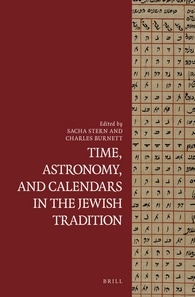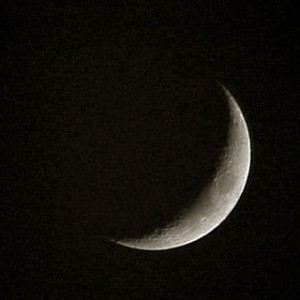Dec 02 2013
Forthcoming book — ‘Time, Astronomy, and Calendars in the Jewish Tradition’ (2014)
I greatly look forward to reading the following volume:
Stern, Sacha and Burnett, Charles (Eds.) (2014) Time, Astronomy, and Calendars in the Jewish Tradition. Leiden: Brill.
The table of contents is available here, on the Brill web site, and below, for your convenience.
Table of contents
Preface
A Jewish Parapegma? Reading 1 Enoch 82 in Roman Egypt
Jonathan Ben-Dov
Observing the Moon: Astronomical and Cosmological Aspects in the Rabbinic New Moon Procedure
Reimund Leicht
Cosmology as Science or Cosmology as Theology? Reflections on the Astronomical Chapters of Pirke DeRabbi Eliezer
Katharina Keim
Some Early Islamic and Christian Sources Regarding the Jewish Calendar (9th-11th centuries)
François de Blois
The Jewish Calendar Controversy of 921–22:
Reconstructing the Manuscripts and their Transmission History
Marina Rustow and Sacha Stern
The Hebrew Calendrical Bookshelf of the Early Twelfth Century: The Cases of Abraham bar Ḥiyya and Jacob bar Samson
Ilana Wartenberg
Scribal Prerogative in Modifying Calendrical Tables
Israel M. Sandman
Astronomical Tables of Abraham bar Ḥiyya
Raymond Mercier
The Sabbath Epistle by Abraham Ibn Ezra: its Purpose and Novelty
Anne C. Kinneret Sittig
Medieval Jews and Medieval Astrolabes: Where, Why, How, and What For?
Josefina Rodríguez Arribas
Some Hygiene and Dietary Calendars in Hebrew Manuscripts from Medieval Ashkenaz
Justine Isserles
Me pudet audire Iudeum talia scire: A Late Medieval Latin School Text on the Jewish Calendar
C. Philipp E. Nothaft
(Thanks again, Carla Sulzbach!)





